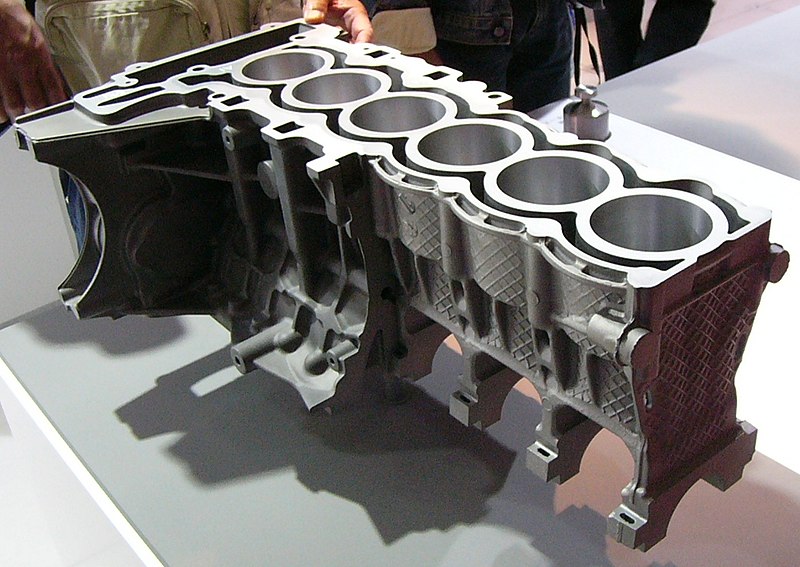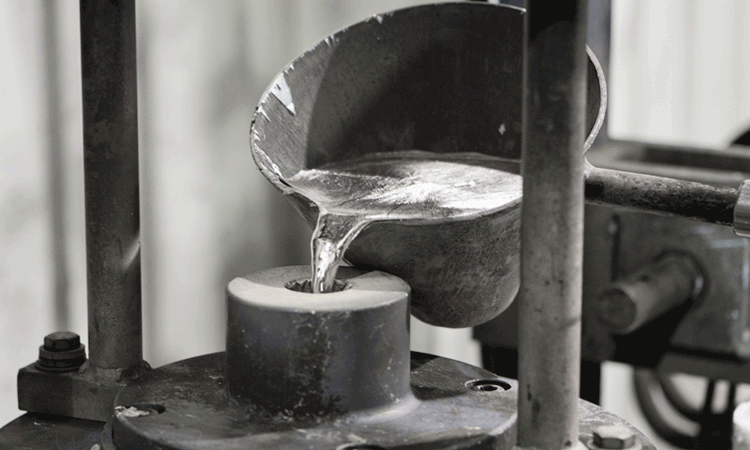
The process of diecasting starts with the making of premium steel molds, also referred to dies. They are made to withstand the rigors of pressure and temperature of the molten metal. Dies are carefully designed to take in intricate details as well as maintain precise tolerances assuring that every casting part meets specific design requirements. When casting is performed, metals like aluminum, magnesium, zinc, as well as copper melt and are introduced into the die cavity in high-pressure. Rapid injections and cooling produces parts that have high dimensional stability and a smooth appearance. Precision of the dies allows for the creation of complex components that are usually impossible by other methods of manufacturing.
One of the greatest advantages of diecasting is its ability to produce high volumes of parts. Once the dies are created, the process can be repeated numerous times with minimal deviation between parts. This is vital to industries that require huge numbers of identical parts. In addition, diecasting is recognized for its high efficiency. The process generates less waste than other methods of metal forming because any metal that is not used can be recycled and reused. This reduces not just material costs but also supports the use of sustainable manufacturing methods. The speed and efficiency of diecasting makes it a great choice for producing high volumes of components quickly and efficiently, ensuring that manufacturers can adhere to tight schedules for production and demand from the market.
The versatility of diecasting can be seen in its wide application across a variety of sectors. For the automotive sector, for example diecast components are essential in manufacturing engine components, transmission housings, and various other parts of structural design. They benefit from the strength and durability provided by diecasting, as well for the capacity to manufacture light parts that boost the efficiency of fuel. In the aerospace industry there is a need for strong and lightweight parts is essential Diecasting can provide the high-quality and durability necessary for the most demanding of applications. Consumer electronics depend on diecasting for producing sturdy and exact housings and internal components, ensuring the reliability and longevity of devices. The medical, telecom, as well as power tools industry highlight the numerous applications and the importance of diecasting the modern world of manufacturing. To acquire further details kindly visit Senadiecasting

Diecasting's materials can play an important role in determining the characteristics and efficiency of the final product. Aluminum is among the most popular materials used due to its high strength-to-weight ratio, corrosion resistance and good thermal and electrical conductivity. Zinc alloys also have a cult following for their toughness, ductility and the capacity to make pieces with intricately detailed specifics. Magnesium alloys offer the benefit that they are the tiniest structural metal. This makes them perfect for use in areas where weight reduction is crucial. Copper alloys, though somewhat less popular, are used for their superior electrical conductivity and resistance to corrosion. The selection of the material is based on the particular requirements of the use, including their mechanical properties, the climate conditions, as well as cost considerations.
Diecasting is a very productive and flexible manufacturing method that is integral to producing sophisticated metal parts with the highest precision and uniformity. Its capability to make components with fine details precise tolerances, perfect tolerances, as well as smooth surface finishes makes it indispensable across a range of sectors, from automotive to aerospace, to consumer electronics, and even beyond. Its use of various substances further expands the possibilities of diecasting, allowing manufacturers to choose the most suitable alloy that meets their particular needs. As technology advances and the need for top-quality and efficient components grows and increase, diecasting will continue to be vital within the production process that drives innovation and quality in the field of production.